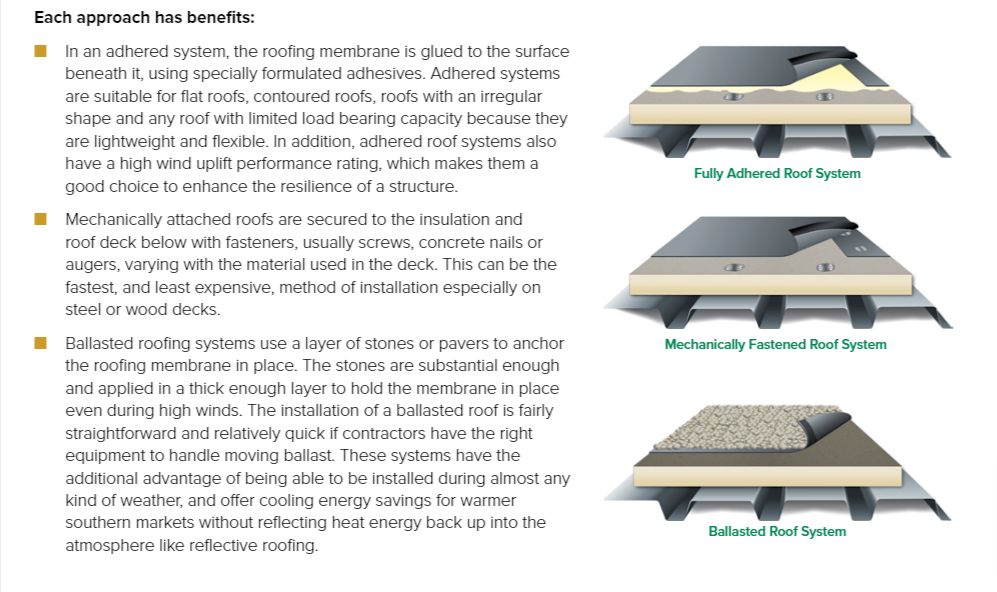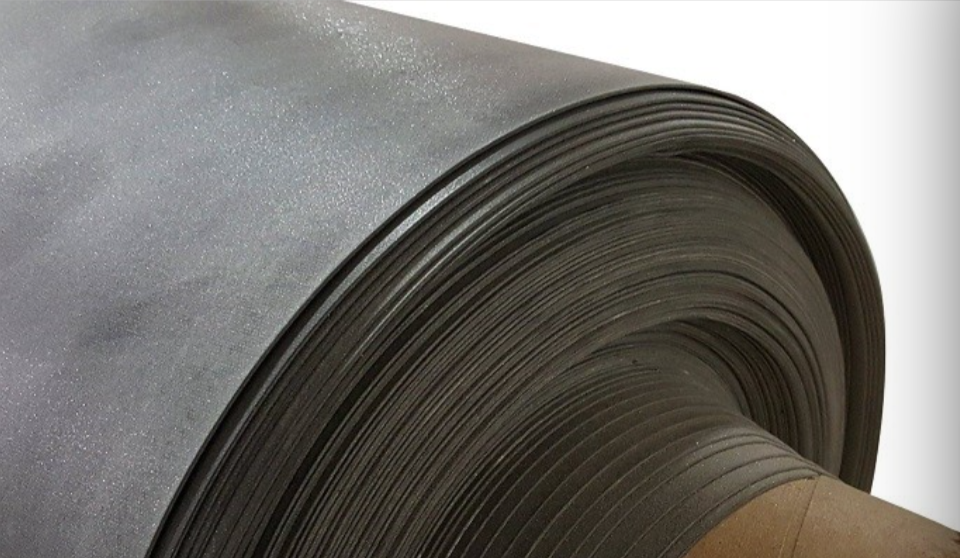 5 star on Google Reviews
5 star on Google Reviews 5 star on Google Reviews
5 star on Google ReviewsEPDM has gained industry-wide acceptance and respect by providing immediate and long-term roofing solutions. As more emphasis is placed on the sustainable performance of building materials, EPDM continues to be the roofing material that stands the test of time.
With durability, flexibility and ease of installation, EPDM is a versatile roofing solution you can count on. From residential or office buildings and distribution warehouses to hospitals and schools, EPDM delivers outstanding, long-lasting performance no matter the climate.
To learn more about the benefits, uses, science-based information of EPMD, you can click on the following like to access the EPDM Roofing Association’s Link:


With any roofing material, the proper application of the membrane is as important to the satisfactory performance of the roofing system as the materials themselves. Meticulous application processes are especially important if a roofing system is resilient when threatened by extreme weather events.
The first and most basic decision to be made before application begins is, “How will the roofing membrane be secured to the layers that support it?” Here, for instance, there are three options for EPDM: mechanically attached, adhered, and ballasted. Mechanically fastened roofs secure the membrane to the roof with fasteners and plates, which vary depending on the roof deck material. In any adhered roofing system, the membrane is bonded to the layer below with adhesive. Ballasted roofing systems rely on the weight of aggregate – usually stones or pavers, or a combination of both – to hold the membrane in place and resist uplift.










